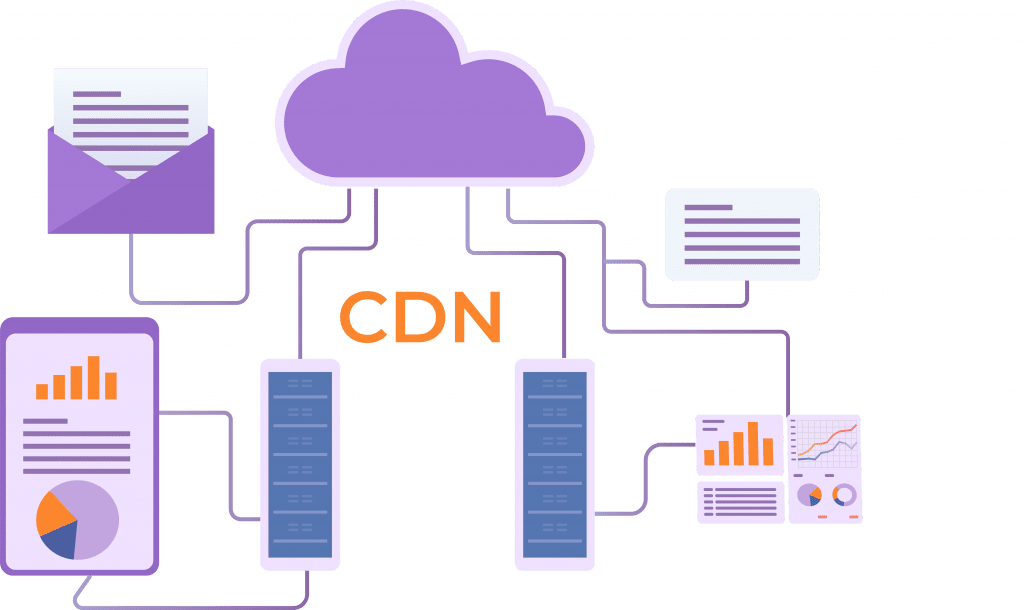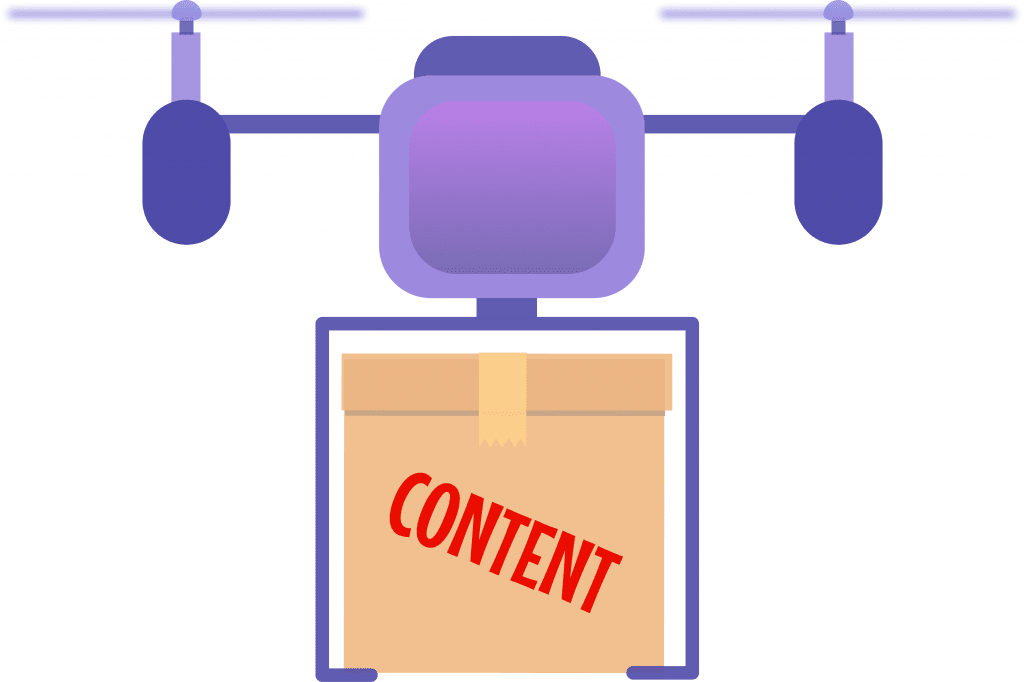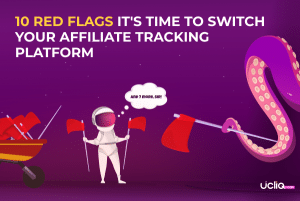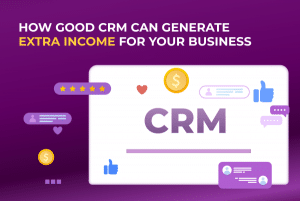Why It Is Essential to Geo-Balance Your Content
Want to increase your customer engagement? This article will tell you what a private CDN is and how it can boost your availability and performance.
According to a recent survey, 25% of users leave a web page if it takes longer than 4 seconds to load. 74% of users looking for a website from a mobile device prefer not to wait if it takes more than 5 seconds to load. 46% of users refuse to deal with a web service if it is slow.
A CDN stands for a content delivery network, a geographically distributed group of servers that perform together to supply fast delivery of Internet content.
Table of Contents
Why use a CDN?

A CDN makes it possible to quickly transmit assets required for loading Internet content, including web pages, images, videos, and other files.
Also, a CDN significantly improves loading times for pre-lands and landing pages, which results in better traffic delivery to the final offers and overall conversion rates.
How does it operate?
By and large, a CDN is a network of servers connected with each other to deliver content as quickly, affordably, reliably, and securely as possible. At the core of it, there are two fundamental constituents: points of presence (POP) and edge servers.
It’s interesting! In addition to points of presence and edge servers, there are lots of minor things responsible for decently routing the traffic, providing protection from attacks, and maintaining operation time.
Points of presence
A point of presence, frequently shortened to POP, is a single geographical area where a group of CDN edge servers is located.
Consequently, when joined, POPs are multiple geographical spots that create the entire network. The total number of POPs that make up a CDN and each location significantly affects the global coverage.
Edge servers
An edge server is a server that resides between two networks and is located at each POP. Edge servers don’t generate content; they keep a copy of it in the cache. The total number of edge servers located at each point of presence will vary for each CDN provider.
The POPs are located near the densest regions across the world. For large countries, there may be numerous different POPs. The overall idea of a CDN is to direct users to the nearest point of presence.
When a user needs content from a website that uses a CDN, their request is redirected to the closest POP, where a web server sends the requested data.
It’s interesting! If we sort out Internet traffic generated by all people across the globe, we’ll see that the most bandwidth-consuming types of content are images, videos, and audio files. The supported content types may differ from provider to provider, but the most widely spread formats are the following:
- Pictures: PNG, JPG, SVG, GIF, TIF
- Videos: MP4, HSL, FLV, MOV, WMV
- Audios: MP3, WAV, AIFF, AAC, PCM
- Others: CSS, JS, JSON, HTML, PDF, ZIP, TTF, OTF, WOFF
Benefits of CDN

CDN benefits are endless, including next-level service availability and better protection in case of DDOS or other attacks.
Additionally, with existing CDN technology, geo load balancing allows the delivery of location-specific content and services, giving maximum productivity and efficiency. Let’s have a closer look.
Better performance
CDN improves performance, which is undeniably one of the most meaningful advantages of leveraging a CDN. If users from all around the world need to access a certain resource, the use of a CDN is essential.
Interestingly, upon performing various tests in many geographical locations, it has been reported that a content delivery network reduces website latency by 83% compared to websites without a CDN.
Trustworthiness
One of CDN’s advantages is that it always directs requests to the nearest site. If one edge server is inaccessible, requests are automatically sent to the next attainable edge server.
This, in turn, forms automatic redundancy guaranteeing that content always remains available. Without redundancy, visitors may come across an error page, which can significantly affect the chance that they will get back.
Scalability
Routing traffic to a CDN simplifies controlling traffic bounces, which helps hold back a load on an origin server and minimize downtime.
Moreover, since a website mainly consists of static data, a greater part of the content will be delivered quickly and seamlessly.
Security
Denial-of-service attacks and web exploits have become a common issue. These attacks are mainly launched to distract attention while affecting systems with other exploits.
One of the most unpleasant things about attacks is that it is often hard to distinguish improper traffic from decent traffic.
On this basis, a content delivery network features as an essential instrument to secure websites. Today’s most progressive content delivery networks put information security as a top priority, providing unique cloud-based solutions.
Moreover, CDNs shield content providers and users by combating a broad range of attacks without ever sacrificing delivery and availability.
Reduced costs
Bandwidth consumption costs for website hosting are major expenses for website owners.
However, through caching and other optimizations, CDNs can reduce the portion of data an origin server must provide, thus significantly reducing hosting costs for websites.
Higher conversions
Interestingly, there are many proven cases when increasing the overall speed of a website boosted conversions. The explanation of this phenomenon lies in the improvement of user experience.
Additionally, it has been reported that just a second delay in load time, on average, leads to a 7% loss in conversions.
Valuable Insights
Since CDN-providers are the carriers of about half of the world’s internet traffic, they generate extensive data about end-user web experiences.
Typically, this includes real-time monitoring and media analytics to evaluate end-user interactions with web content, and cloud security analytics to track online threats.
The insights obtained, in turn, can help improve the overall user experience and result in increased sales or conversions.
Do you want to improve your conversion rates with UCLIQ private CDN? Sign up for consultation and boost your sales right away.



